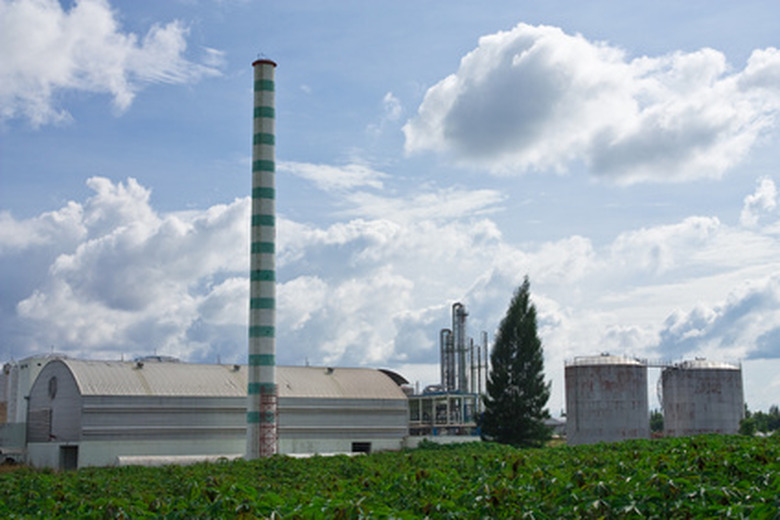The Disadvantages Of Using Renewable Natural Resources
Dwindling petroleum supplies have ignited the search for suitable alternative energy sources. Research into the use of renewable natural resources has yielded a number of potential players, including wind, solar, algae and field crop options. Although these natural resources offer a clean, renewable alternative to fossil fuels and promise decreased dependency on foreign oil supplies, they are not without their own drawbacks.
Wind
Wind
Inconsistent power supply is one of the biggest drawbacks of utilizing wind turbines to generate electricity. Some areas of the country produce winds that are too strong for efficient energy production, while other regions do not produce enough wind. In areas where conditions are optimal, winds are still uneven and the supply of energy to the electric grid irregular. Cost is also a factor, not only in the initial investment required for wind turbines, but in the hefty price tag for moving energy from wind farms–which tend to be located away from metro areas–to power distribution sites. There are also concerns that wind turbine farms–particularly large ones–may disturb migratory birds, and serve as a source of noise pollution for those living and working nearby.
Solar
Solar
The main disadvantage of solar energy is cost, particularly in the start-up phase. Fossil fuel sources remain much less costly than the infrastructure necessary for capturing the sun's energy. Another reason solar energy can be challenging is that solar panels require a great deal of space. This can be particularly problematic in urban areas. Also, solar panels can be rendered less efficient due to air pollution and even cloud cover, although research efforts continue to target ways to diminish these effects.
Grain Crops
Grain Crops
Crops traditionally grown for grain, such as corn, have been made into ethanol and other biofuels to reduce some of the country's dependency on fossil fuels. But channeling agricultural crops away from livestock feed and food production and into energy has come at a cost. The ethanol industry has been criticized for the amount of energy used to grow crops and produce ethanol. Ethanol is also difficult and costly to transport since it does not flow well. There is concern that displacing agricultural crops has escalated feed costs for livestock and poultry producers, an effect eventually felt in the grocery aisle.
Algae
Algae
Algae is extremely attractive as a natural resource for biofuel production because of its tremendous efficiency at conversion of sunlight into a usable biofuel, up to 30 times more energy per acre than terrestrial crops. But large-scale algae production is not without its hurdles. According to the U.S. Department of Energy, algae's biggest drawback for commercial production is the extreme cost of harvesting the algae and removing the water. The process is very energy-intensive. Research and development to scale up production to the size necessary to compete with petroleum-based products on price is probably still a decade or more down the road.
References
- Clean Energy Ideas: Disadvantages of Solar Energy
- MSNBC: Ethanol–Boon or Boondoggle?
- "Feed Management" "Controversy continues over ethanol's impact on feed and food"; Lori Weaver; July/August 2007.
- Biodiesel Fuel Online
Cite This Article
MLA
Weaver, Lori. "The Disadvantages Of Using Renewable Natural Resources" sciencing.com, https://www.sciencing.com/the-disadvantages-of-using-renewable-natural-resources-13662778/. 22 November 2019.
APA
Weaver, Lori. (2019, November 22). The Disadvantages Of Using Renewable Natural Resources. sciencing.com. Retrieved from https://www.sciencing.com/the-disadvantages-of-using-renewable-natural-resources-13662778/
Chicago
Weaver, Lori. The Disadvantages Of Using Renewable Natural Resources last modified March 24, 2022. https://www.sciencing.com/the-disadvantages-of-using-renewable-natural-resources-13662778/




